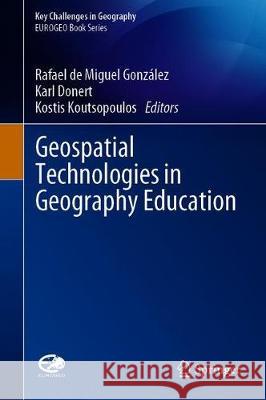Geospatial Technologies in Geography Education » książka
topmenu
Geospatial Technologies in Geography Education
ISBN-13: 9783030177829 / Angielski / Twarda / 2019 / 219 str.
Geospatial Technologies in Geography Education
ISBN-13: 9783030177829 / Angielski / Twarda / 2019 / 219 str.
cena 563,56
(netto: 536,72 VAT: 5%)
Najniższa cena z 30 dni: 539,74
(netto: 536,72 VAT: 5%)
Najniższa cena z 30 dni: 539,74
Termin realizacji zamówienia:
ok. 22 dni roboczych
Dostawa w 2026 r.
ok. 22 dni roboczych
Dostawa w 2026 r.
Darmowa dostawa!
Kategorie BISAC:
Wydawca:
Springer
Seria wydawnicza:
Język:
Angielski
ISBN-13:
9783030177829
Rok wydania:
2019
Wydanie:
2019
Ilość stron:
219
Waga:
0.45 kg
Wymiary:
23.83 x 16.26 x 1.42
Oprawa:
Twarda
Wolumenów:
01











